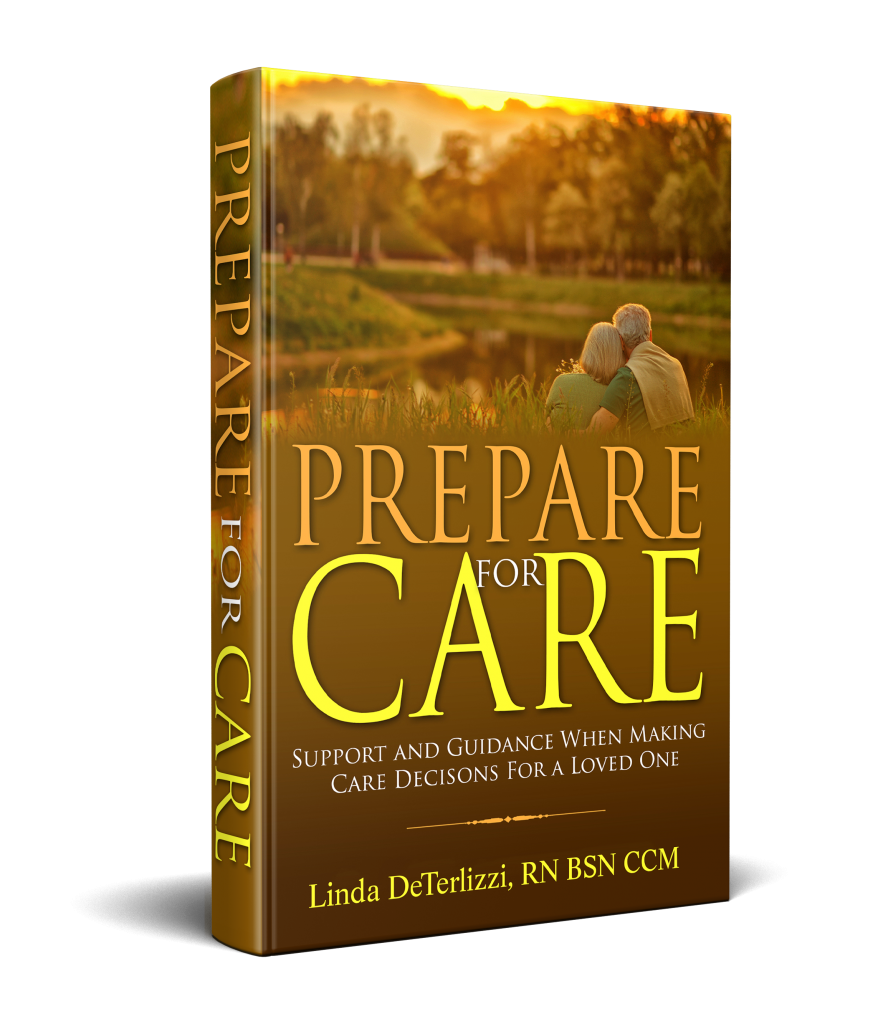Every April, we observe National Donate Life Month, a powerful nationwide initiative to raise awareness about organ, eye, and tissue donation. This month-long campaign honors those who have saved lives through the selfless act of donation, encourages more people to register as donors, and supports the families of donors and recipients. Be a hero, give the gift of life!
Being an organ donor is one of the most compassionate and impactful decisions a person can make. With more than 100,000 people in the U.S. currently waiting for a lifesaving transplant, the need for organ donors is more urgent than ever.
What is National Donate Life Month?
National Donate Life Month was established in 2003 by Donate Life America and its partnering organizations. The month includes a series of local, regional, and national activities to spread the message of donation, honor organ donors and their families, and inspire people to take action.
The campaign features events such as Blue & Green Day, donor registration drives, educational seminars, and tribute ceremonies. These efforts shine a light on the importance of becoming an organ donor and the impact one decision can have on countless lives.
Why Organ Donation Matters
One organ donor can save up to eight lives and enhance the lives of 75 more through tissue and cornea donation. Despite the life-saving potential, there is still a significant gap between the number of people in need and the number of available organs.
- Every 9 minutes, someone is added to the transplant waiting list.
- 17 people die each day waiting for an organ that never comes.
- Only about 60% of adults in the U.S. are registered as organ donors.
These sobering statistics highlight the need for more registered donors and widespread education about the process and benefits of organ donation.
Types of Organ and Tissue Donations
Organ and tissue donation can take many forms, and each one has the power to transform lives:
1. Deceased Donation
Most organ donors are deceased donors. After a person passes away (often due to a traumatic brain injury or stroke), their organs may be eligible for donation if they meet medical criteria.
2. Living Donation
Living donors can donate certain organs or tissues, such as:
- One kidney
- A portion of the liver
- Bone marrow
- Skin or other tissues
Living donation is often used for patients facing long wait times or those with a living relative or friend willing to help.
3. Tissue Donation
Tissues that can be donated include:
- Heart valves
- Tendons
- Ligaments
- Veins
- Corneas
- Skin
These donations are essential for burn victims, athletes with injuries, and individuals suffering from corneal blindness.
Common Myths About Organ Donation
Despite its life-saving benefits, several misconceptions about organ donation discourage people from registering. Let’s clear up a few:
Myth 1: Doctors won’t try to save my life if I’m a donor.
Fact: Medical staff work tirelessly to save your life. Organ donation is only considered after all lifesaving efforts have failed.
Myth 2: I’m too old or unhealthy to be a donor.
Fact: There is no age limit. Medical professionals determine donor eligibility at the time of death.
Myth 3: My religion doesn’t support organ donation.
Fact: Most major religions in the U.S. support organ donation as a final act of compassion and generosity.
Myth 4: Registering as a donor will delay funeral plans.
Fact: The donation is carried out respectfully and typically does not affect funeral arrangements.
How to Register as an Organ Donor
Becoming a donor is simple and can be done in just a few minutes:
- Register Online: Visit RegisterMe.org or your state’s donor registry.
- At the DMV: Check the box to become a donor when renewing your driver’s license or state ID.
- Talk to Your Family: Make sure your loved ones are aware of your wishes. They may be asked to confirm your decision.
How You Can Support National Donate Life Month
Aside from registering as a donor, there are many ways to get involved:
- Participate in Blue & Green Day: Wear blue and green to show support and share photos online using #BlueGreenDay and #DonateLifeMonth.
- Share Your Story: If you’re a donor family member or recipient, sharing your journey can inspire others.
- Volunteer or Donate: Support local organ procurement organizations (OPOs) through volunteer work or financial donations.
- Host a Donor Drive: Set up a registration booth at your workplace, church, or community center.
Real-Life Impact: Stories of Hope
Every donor has the power to create a ripple effect of hope. Consider these inspiring examples:
- Liam, Age 10, received a liver transplant and now plays soccer and dreams of becoming a pilot.
- Anna’s family, who chose to donate her organs after a tragic accident, later met the recipient of her heart.
- James, a kidney donor, saved his best friend’s life and says the experience brought them closer than ever.
These stories demonstrate the life-affirming impact of organ donation and the deep human connections it creates.
Encourage Conversations About Donation
One of the best ways to honor National Donate Life Month is to start conversations. Many families never discuss organ donation, leaving loved ones unsure of how to respond in a crisis.
- Ask your loved ones: “Are you a registered donor?”
- Share your decision and explain why it matters to you.
- Encourage others to register and learn the facts.
Become Someone’s Hero
This April, take a moment to reflect on your ability to change lives. Deciding to be a donor is more than a checkbox on a form—it’s a legacy of compassion, healing, and humanity.
By registering as a donor and encouraging others to do the same, you can bring hope to thousands and help bridge the gap between life and loss.




Connect with Linda